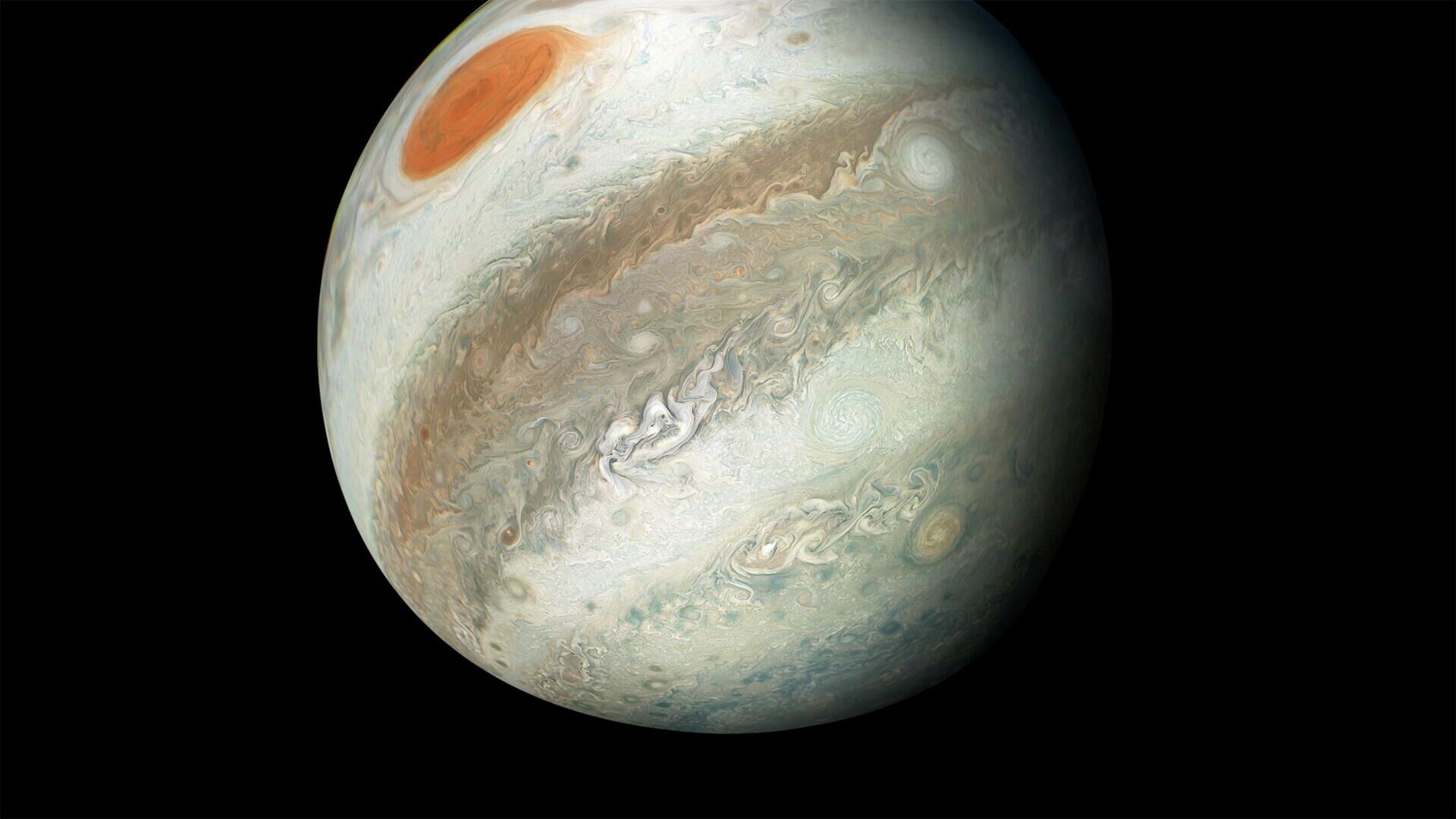https://sputnikglobe.com/20231230/new-technique-for-searching-habitable-planets-discovered-1115892963.html
New Technique for Searching Habitable Planets Discovered
New Technique for Searching Habitable Planets Discovered
Sputnik International
Using starlight's reflection was once the method to ascertain a planet's habitability, but a recent finding redefines this by focusing on carbon dioxide.
2023-12-30T14:37+0000
2023-12-30T14:37+0000
2023-12-30T14:37+0000
beyond politics
science & tech
society
newsfeed
united kingdom (uk)
university of birmingham
massachusetts institute of technology (mit)
https://cdn1.img.sputnikglobe.com/img/07e5/0a/1c/1090292284_0:0:1920:1080_1920x0_80_0_0_7db01d9ac8ebd15a810f3e015ea6df2a.jpg
Scientists from the University of Birmingham, UK, and Massachusetts Institute of Technology, US, have developed a technique for identifying potentially habitable planets by analyzing their carbon dioxide (CO2) levels.A planet's habitability is defined by its capacity to obtain and hold water on its outer layer. Planets too near or remote from their suns are excluded from the "habitable zone."While the degree to which a planet reflects starlight was once the primary measure of a planet's habitability, a recent revelation shifts the focus to CO2 concentrations, which indicate the presence of water and raising prospects for life.The findings were published in the journal Nature.
https://sputnikglobe.com/20231115/astronomers-spot-planet-where-sand-could-forms-clouds--rain-1114989781.html
united kingdom (uk)
Sputnik International
feedback@sputniknews.com
+74956456601
MIA „Rossiya Segodnya“
2023
Chimauchem Nwosu
https://cdn1.img.sputnikglobe.com/img/07e7/09/01/1113046371_0:99:1536:1635_100x100_80_0_0_9c5c627283eca931c39fe4852bbb301c.jpg
Chimauchem Nwosu
https://cdn1.img.sputnikglobe.com/img/07e7/09/01/1113046371_0:99:1536:1635_100x100_80_0_0_9c5c627283eca931c39fe4852bbb301c.jpg
News
en_EN
Sputnik International
feedback@sputniknews.com
+74956456601
MIA „Rossiya Segodnya“
Sputnik International
feedback@sputniknews.com
+74956456601
MIA „Rossiya Segodnya“
Chimauchem Nwosu
https://cdn1.img.sputnikglobe.com/img/07e7/09/01/1113046371_0:99:1536:1635_100x100_80_0_0_9c5c627283eca931c39fe4852bbb301c.jpg
carbon dioxide levels, habitable planets, planet habitability, habitable zone, starlight reflection, co2 concentrations, planetary-scale biomass
carbon dioxide levels, habitable planets, planet habitability, habitable zone, starlight reflection, co2 concentrations, planetary-scale biomass
New Technique for Searching Habitable Planets Discovered
The ability of a body to reflect starlight was once the method to ascertain an exoplanet's habitability, but new research has come up with a new detection method based focusing on atmospheric carbon dioxide.
Scientists from the University of Birmingham, UK, and Massachusetts Institute of Technology, US, have developed a technique for identifying potentially habitable planets by analyzing their carbon dioxide (CO2) levels.
A planet's habitability is defined by its capacity to obtain and hold water on its outer layer. Planets too near or remote from their suns are excluded from the "habitable zone."
While the degree to which a planet reflects starlight was once the primary measure of a planet's habitability, a recent revelation shifts the focus to CO2 concentrations, which indicate the presence of water and raising prospects for life.
The proposed new method involves comparing the carbon dioxide concentrations of candidate planets with neighboring ones. A reduced level of CO2 levels suggests that the gas has dissolved into oceans or been assimilated into planetary-scale biomass.
The findings were published in the journal Nature.

15 November 2023, 22:07 GMT




